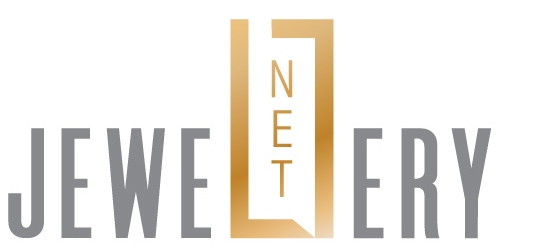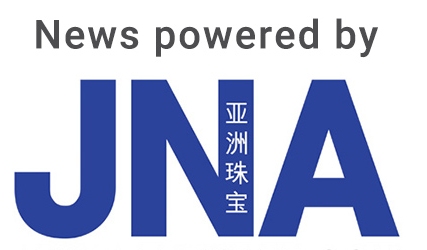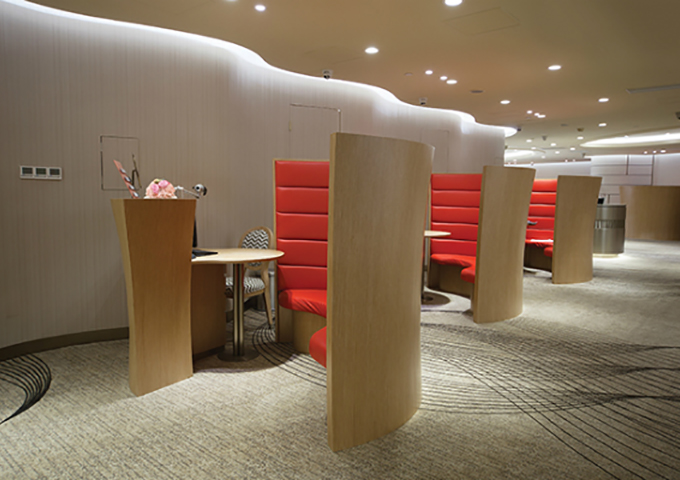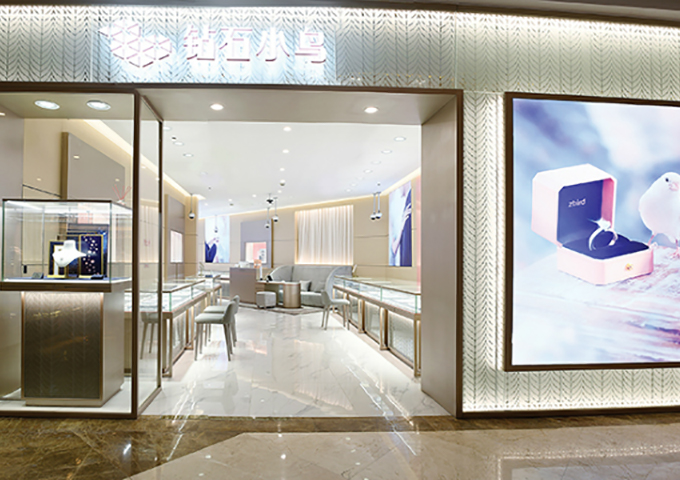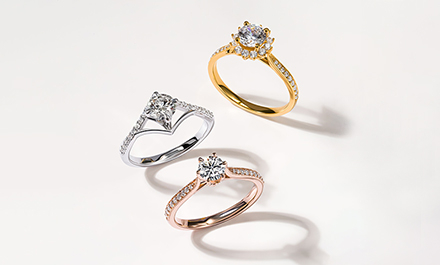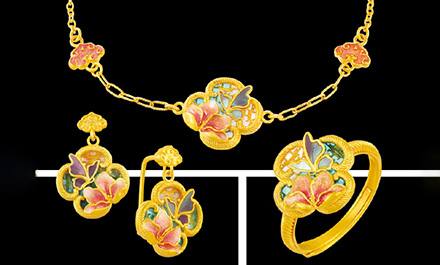Zbird chalks up many firsts in China’s jewellery industry. Among the country’s pioneering e-tailers, it shifted gears along the way and redefined the “clicks-and-mortar” business model. Zbird Chairman Stone Xu reveals the secrets of the company’s success.
Leading diamond and wedding jewellery retailer Zbird started out as a small online business established by company chairman Stone Xu and his sister Bridd Xu in 2002. In the ensuing years, the siblings rewrote the book on online business strategies by expanding into and thriving in the physical space as well. Today, offline sales account for 70 to 75 per cent of its total, which came up to RMB 684 million (US$99.2 million) in 2019. Zbird’s mastery of the O2O (Online-to-Offline) or “clicks-and-mortar” business model and the vision of its founders have been the subject of many case studies on innovative business management. Stone shares his thoughts on e-commerce and business in a market disrupted by coronavirus.
Zbird started out as a jewellery e-tailer. Why did you shift to the O2O business model?
Stone Xu: When we launched Zbird in 2002, we relied solely on Internet sales. After three years, my sister and I discovered a stark difference between Chinese and foreign consumers. At the time, the credit card and online payment system in China's e-commerce infrastructure was quite backward. Chinese consumers were not comfortable with the online shopping model of buying and paying for products costing more than US$300 without first viewing the goods. Their counterparts in developed countries had no qualms about buying big-ticket items online due to their robust credit card system and convenient payment channels. Chinese consumers also preferred experiencing the whole luxury shopping process. They were used to seeing the items in a physical luxury store – “seeing is believing,” as the saying goes. So, in 2005, we opened our first store or experience centre and fashioned our own O2O business model and management system within two years. Our experience centres help us build consumer confidence and satisfaction.
What is the secret to Zbird’s success?
Xu: We owe our success to three factors. Firstly, Zbird has a strong survival instinct and a knack for crisis management. The last 18 years were filled with ups and downs. We made plenty of mistakes but were always able to correct these, even at a tremendous cost. In 2012, we over-expanded and were overstaffed, forcing us to take the difficult path of downsizing. Secondly, Zbird has strong brand awareness. Since Round A of the capital venture financing in 2007, our branding and marketing strategy has been one of the most important pillars of the company. Among jewellery e-tailers, Zbird is the least dependent on any one e-commerce platform or channel because its brand is well established in the market. Thirdly, research and development (R&D) and product innovation lie at the core of our business. Zbird is one of the few diamond jewellery e-commerce brands with either patent or sales exclusivity for four special diamond cuts – Heart in Heart, Aurora, Fire Cushion and Fire Princess. It is also the first jewellery brand to launch a 3D DIY wedding ring design app.
What should aspiring e-tailers be mindful of?
Xu: Jewellery establishments should avoid these three pitfalls of e-commerce.
Low price strategy at the cost of profit. Low prices are indeed an important competitive strategy for e-commerce brands. But the essence of this strategy lies in cost management, rather than simply dropping the price. In e-commerce, the cost advantage comes from lighter assets. A low-price strategy without cost advantage yields lower gross profit, inferior product quality and poor service. You may obtain considerable cash flow in the short term, but this strategy will poison corporate growth in the long run.
Market expansion regardless of financial return. Market expansion requires sufficient capital support. Many brands rely on venture capital financing to achieve this. Exchanging market capital for market share is a common strategy, particularly among companies that have obtained venture capital financing. However, over-aggressive market expansion by opening stores with no consideration of profit and return on investment will deplete capital quickly and result in capital shortage.
Ignoring product development. New online jewellers often equate R&D with having a range of products. But the core competitiveness of the world's famous jewellery brands is product R&D. This is not only limited to product range but also the cut and polish of gemstones, the use of different materials, and the adoption of stone-setting technology and craftsmanship. Many e-tailers do not even have their own designers and product R&D team. In simply repackaging products received from manufacturers, their offerings lack core competitiveness.
What is the impact of the Covid-19 pandemic on China’s jewellery e-commerce scene?
Xu: The coronavirus outbreak severely affected traditional jewellery retail channels, hence jewellery brands turned to online sales to keep business going. Several jewellers resorted to livestreaming and, at one point, probably hundreds of new jeweller accounts were opening daily on short video platforms such as Tik Tok. It is however difficult to measure the success of these initiatives.
How is Zbird coping with the coronavirus-induced downturn?
Xu: Covid-19 hurt our business too. Some 95 per cent of diamond consumption in China is for weddings. The pandemic forced many couples to change their wedding plans or even postpone these to next year, thereby dampening demand in the wedding jewellery market.
To sustain business, we slashed all unnecessary costs and expenses and introduced new initiatives. We launched livestreaming sessions on our WeChat mini program and introduced our “Zbird Wedding Ring Master” 3D DIY design app that allows consumers to design their own one-of-a-kind rings.
All our employees have also been actively engaged in the brand’s sales efforts. We started a WeChat Unicode sharing sales model where our employees promote products on WeChat Moments using a specific code that traces back to them. They earn an incentive when customers buy the product with their code on the platform.
Since April, work and production have been gradually resuming in China and hopefully consumption will strengthen as well. Our online business is bouncing back quite rapidly and, in certain cities, we are back to 2019 levels. I am optimistic that the jewellery industry will return to 2019 sales levels by the fourth quarter of the year.
